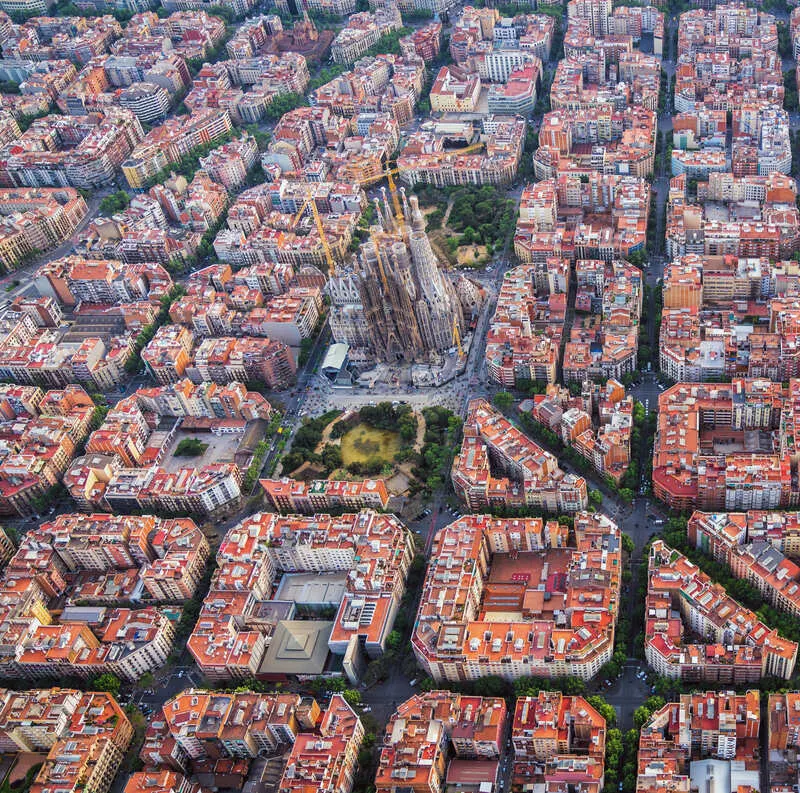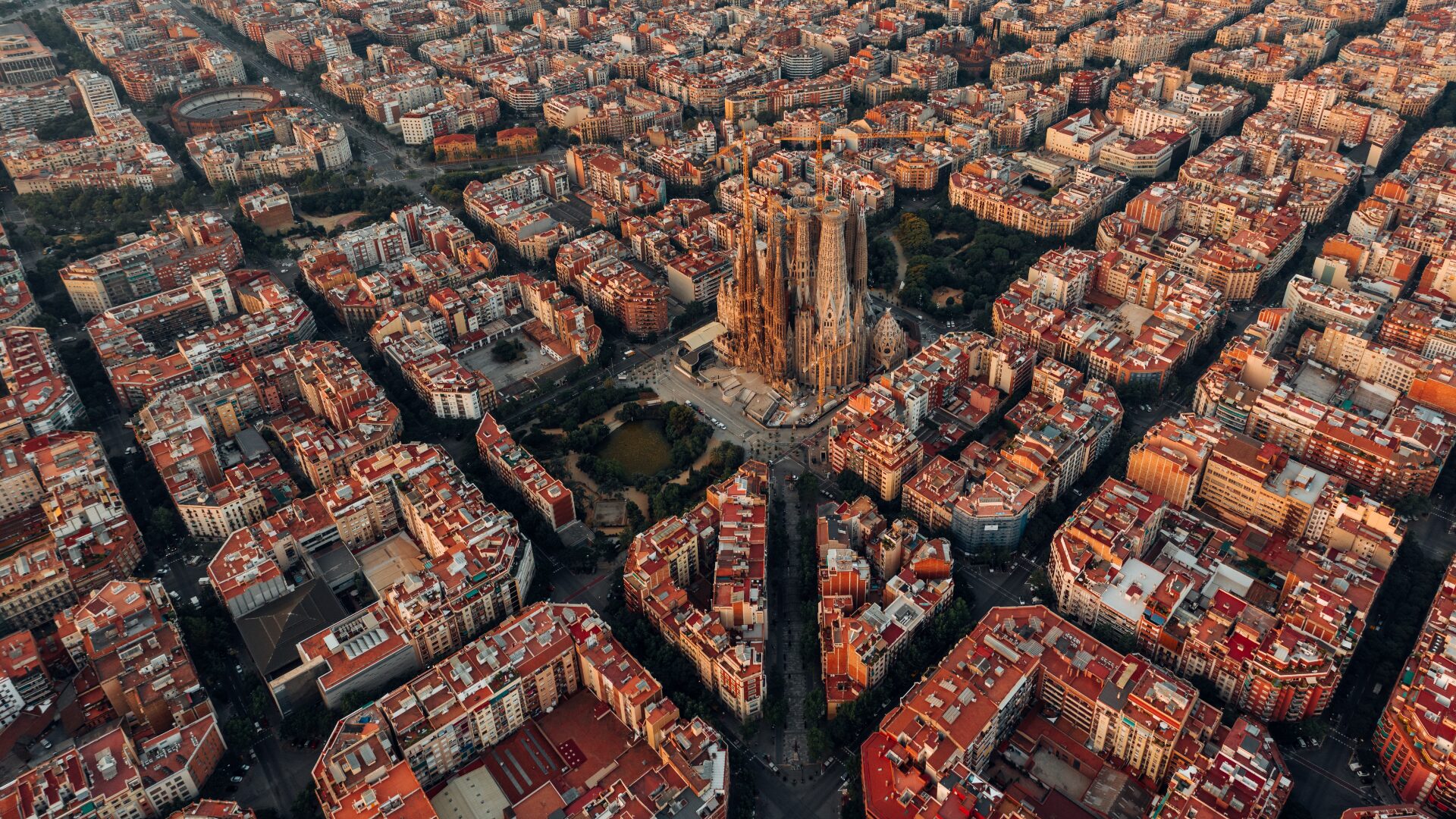Spain is warming at a faster rate than any other European country. In an effort to protect city-dwellers from worsening heatwaves, the Spanish government is considering painting Barcelona’s iconic buildings white.
Barcelona’s cityscape has long been hailed by urban planners and architectural novices for its practical design and abundant natural features.
But climate scientists are warning that current efforts to expand local green spaces won’t be enough to keep the capital cool as temperatures continue to skyrocket across the country.
Spain has recently been identified as the fastest warming country in the northern hemisphere, and although Barcelona is well-designed and dotted with greenery, it is one of Europe’s most densely populated areas. Its narrow streets and tightly packed homes are known to hold in heat on hot summer days.
This is a growing problem as the world continues to warm. Barcelona has been struck with record-breaking heatwaves in recent years, with annual temperature levels increasing between 1.7 and 1.9 degrees Celsius in urban areas.
As a result, scientists from the Autonomous University of Barcelona have proposed a climate adaptation project that involves painting the city’s rooftops white. They say it could reduce atmospheric temperatures by up to 4.7 degrees during heatwaves.
























